The beverage containers you return to your local redemption centre are sent to recycling facilities. Follow their journey through the recycling process as they are transformed into new containers or other useful products.
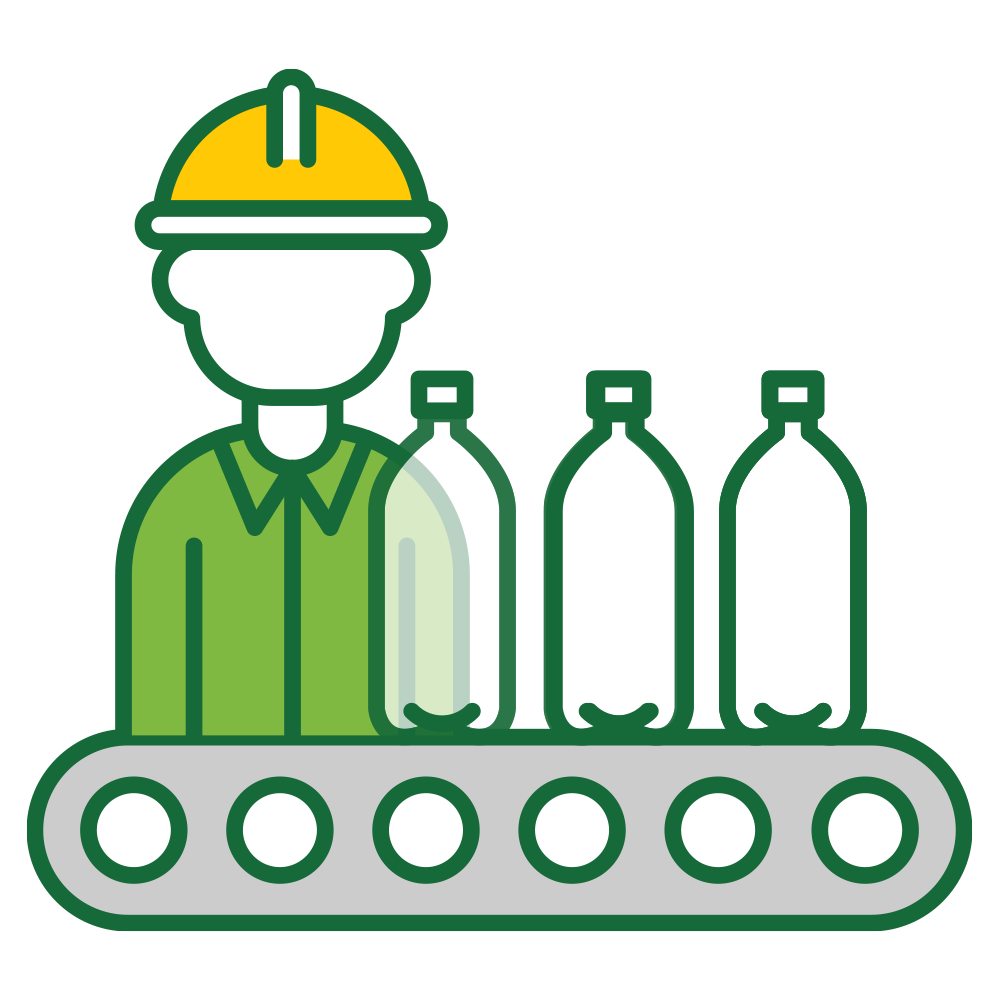
Manufacturing
Beverage containers are crafted by manufacturers using either new or recycled materials from the recycling process. The containers are then filled with your favourite beverages, sealed with caps, labelled, and packed for shipping. The beverage containers are now ready to be sent out and sold.
Shipping to distributors or retailers
Distributors or retailers buy beverages, often in large quantities, from various beverage producers and put them on the shelves of their stores for people to buy.
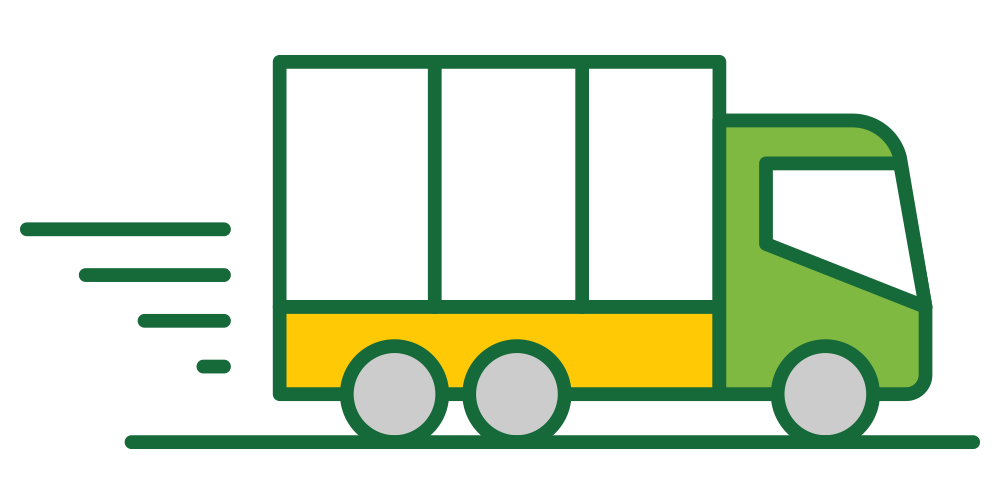
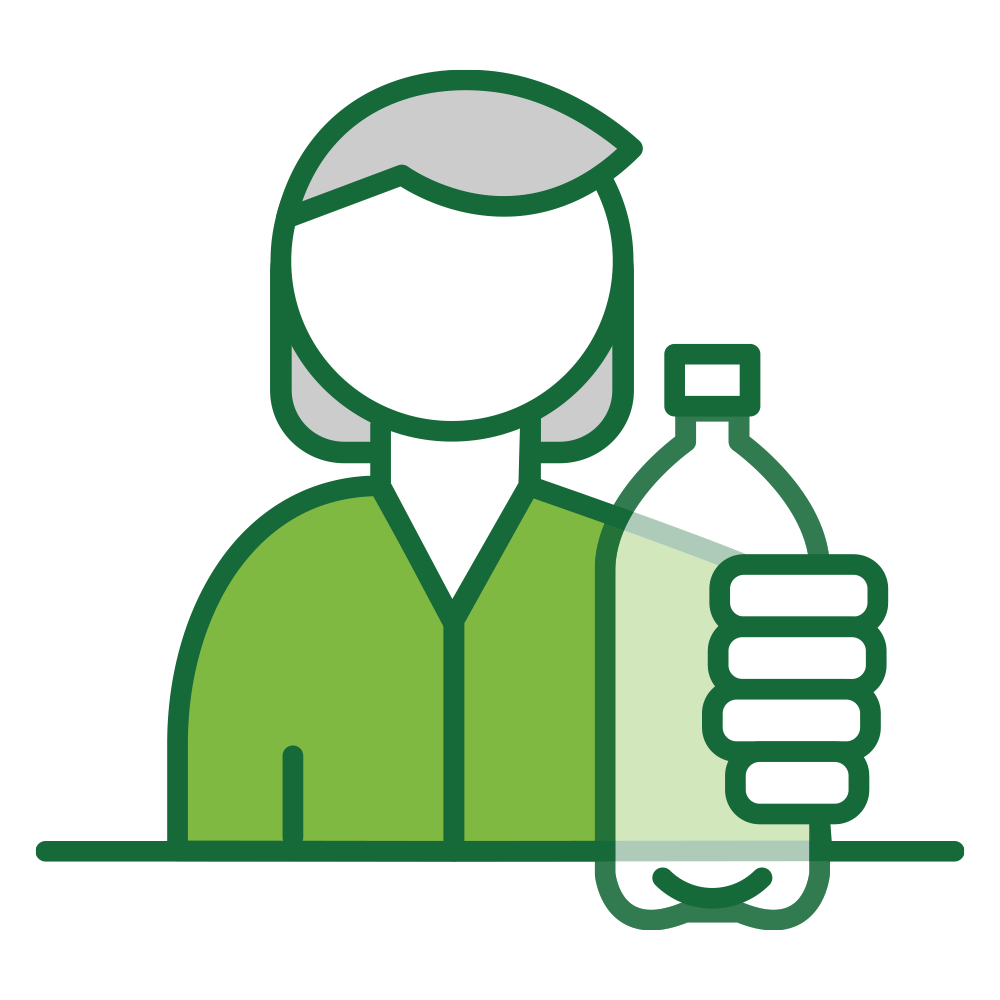
Sale and consumption
You buy beverages and are charged a deposit fee for each beverage container at purchase. The deposits you pay for beverage containers encourage you to return empty containers to your local redemption centre after drinking your beverages.
Returning empty containers for recycling
Once you have finished drinking a beverage, you have the option to return the beverage container to be recycled. Make sure the container is empty of all liquids and other waste items, and place it in your recycling bag or bin at home with all your other empty beverage containers until your next visit to your local redemption centre.
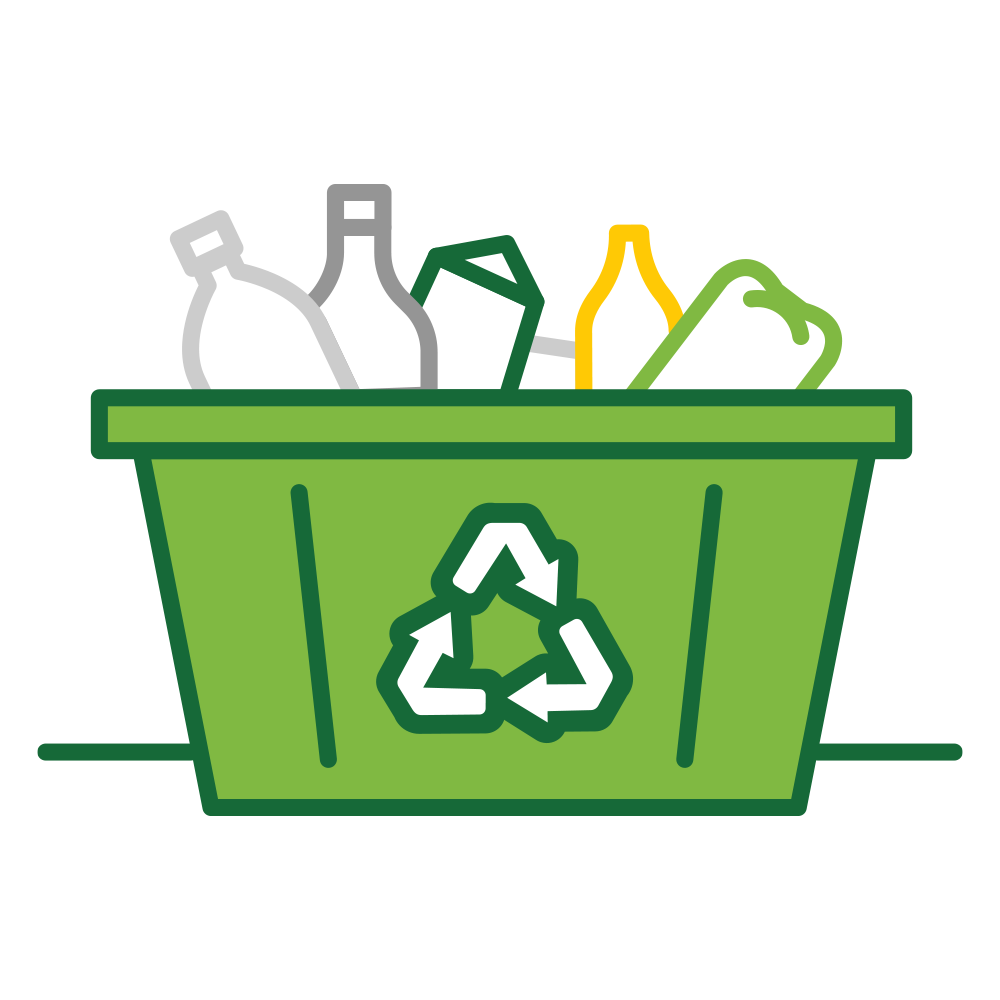
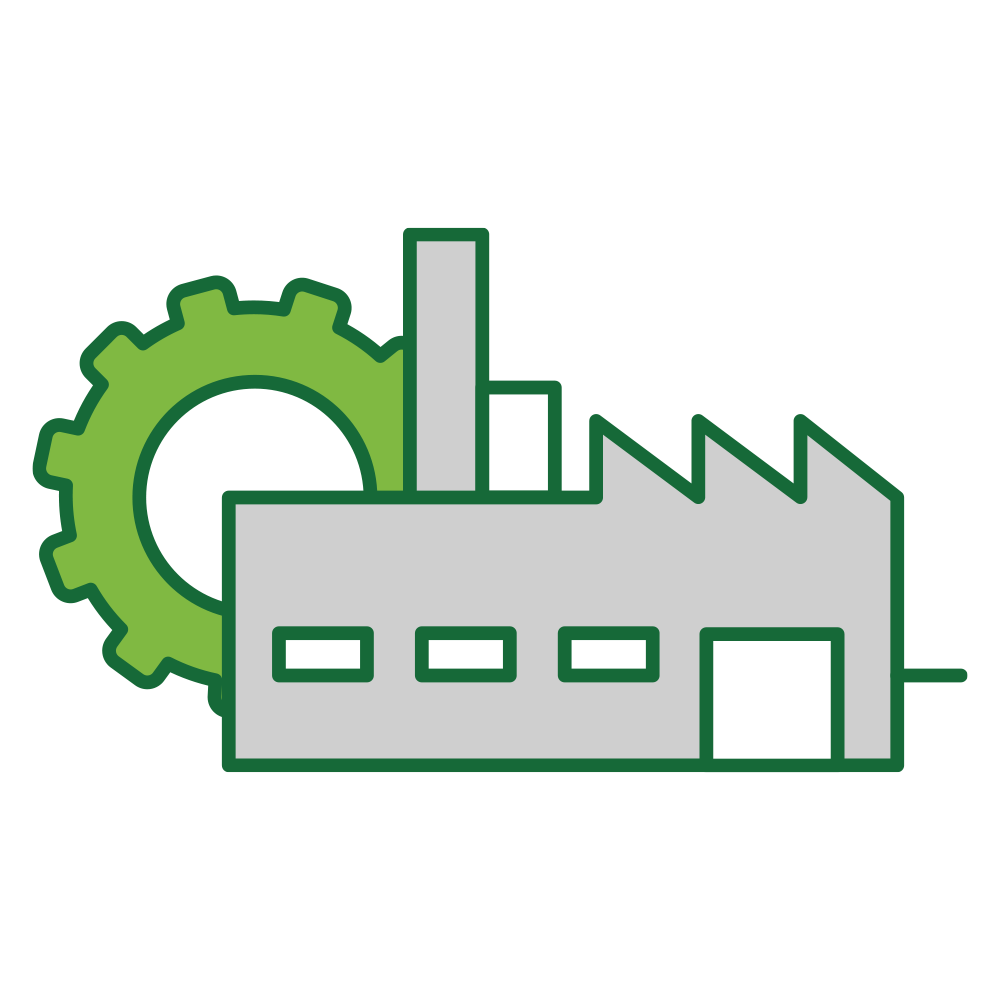
Processing beverage containers
Your local redemption centre accepts your empty beverage containers for recycling and provides you with deposit refunds. The beverage containers are sent to processing facilities, where they are crushed and processed into bales. These bales are then shipped to various recycling and commodity markets.
Turning materials into new containers or products
The materials that were once part of your beverage containers can then be repurposed to create new beverage containers or other useful products.
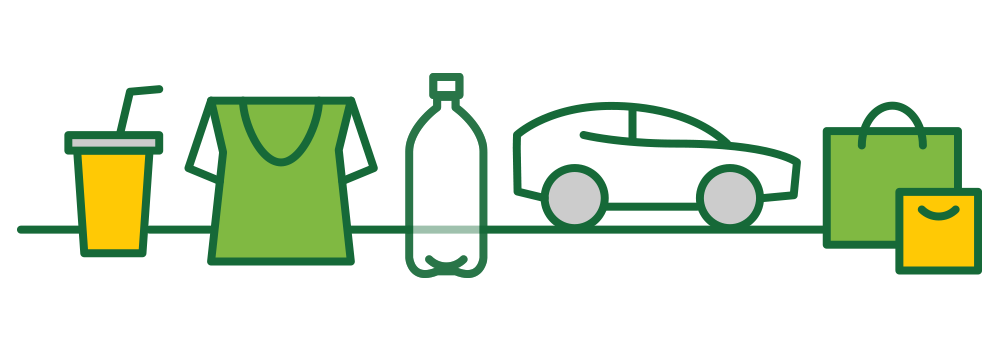
What happens to containers once they’re recycled?
Plastics
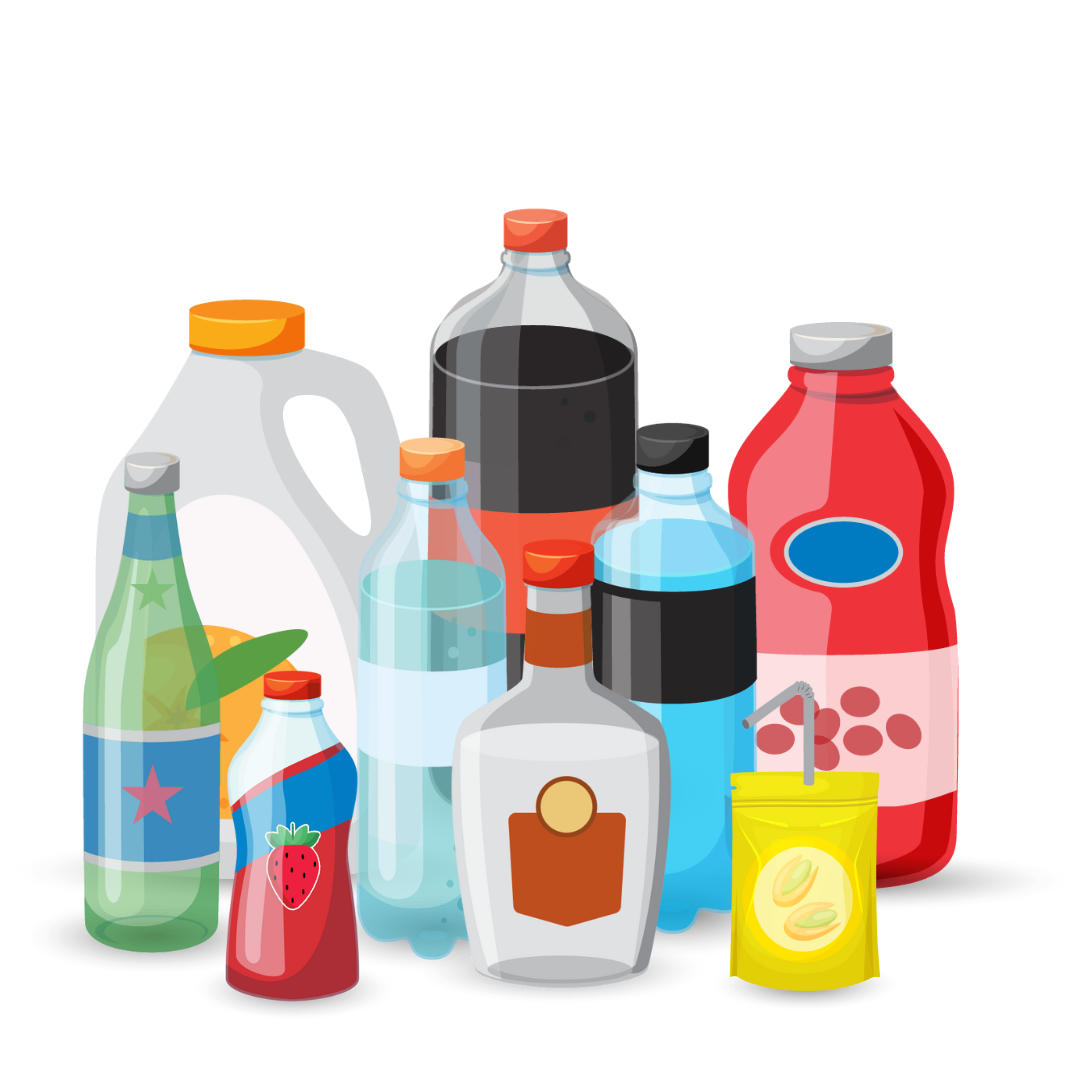
- Example Products: Water bottles or jugs, juice bottles, and soft drink bottles, Bottles for alcoholic spirits like vodka, rum, and gin, yogurt drink bottles, juice pouches, wine bladder/pouches, and others.
- Recycling Process: Plastic containers made from polyethylene terephthalate (PET or PETE ♳) and high-density polyethylene (HDPE ♴) are first cleaned and then cut into tiny pieces called “pellets or flakes”, which are each about the size of a grain of rice. These small pieces can be used as raw material to create new plastic bottles, car parts, straps, and fibres. Alcohol PET bottles get processed separately to create new food-grade containers that are safe for everyone to enjoy. Plastics that are more challenging to recycle, such as low-density polyethylene (LDPE ♶), polypropylene (PP ♷), polystyrene (PS ♸), and other types of plastics (OTHER ♹) can be kept out of landfills by putting them through “waste-to-energy” processes, where they’re burned to generate energy for heat or electricity.
Glass
Non-Refillable Glass:
- Example Products: Beer, wine, spirits, and non-alcoholic beverage bottles such as iced coffee and tea.
- Recycling Process: At the recycling facility, they are crushed into small pieces called “cullet” — a sand-like material that can be used to create new glass bottles, insulate buildings with fibreglass, and can be mixed into materials for roads and drainage.
Refillable Glass (Beer):
- Example Products: Refillable glass beer bottles with twist tops.
- Recycling Process: When refillable glass bottles are brought to a redemption centre, staff set aside the bottles to be returned to brewers for reuse. When it’s time to retire these bottles, they are recycled in the same way as other glass bottles.
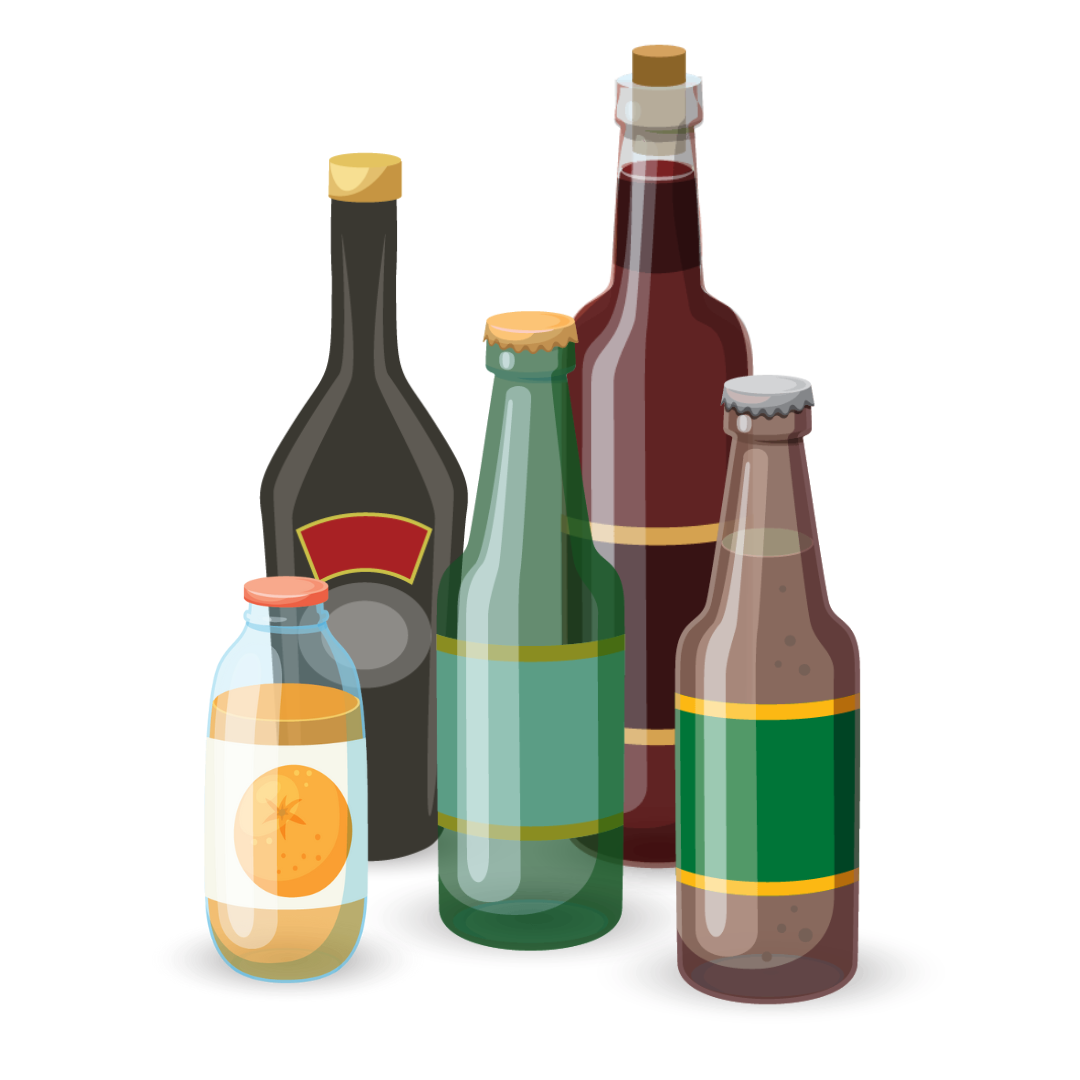
Cartons
(Polycoat Containers & Wine Boxes)

- Example Products: Carton beverage containers come in two types: shelf-stable (aseptic) cartons (such as juice boxes) and refrigerated (gable top) cartons (used for beverages that need to be kept refrigerated like certain juices, plant-based milk product alternatives, eggnog, etc.). The cardboard box packaging for boxed wine is also included in this category.
- Recycling Process: All carton products go through a similar recycling journey. They are processed in a machine that functions like a giant blender with water to separate different materials within the cartons — like paper, plastic, and aluminum. These materials can be turned into new paper items like tissue and cardboard, as well as construction materials like walls and ceilings.
For more about carton recycling, visit the Carton Council website.
Aluminum
- Example Products: Aluminum cans used for soda, water, energy drinks, and some alcohol.
- Recycling Process: Collected cans are shredded, melted, and reformed into new aluminum sheets. This allows manufacturers to reuse the aluminum instead of needing to mine for new resources.
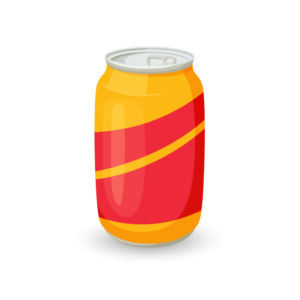
Steel
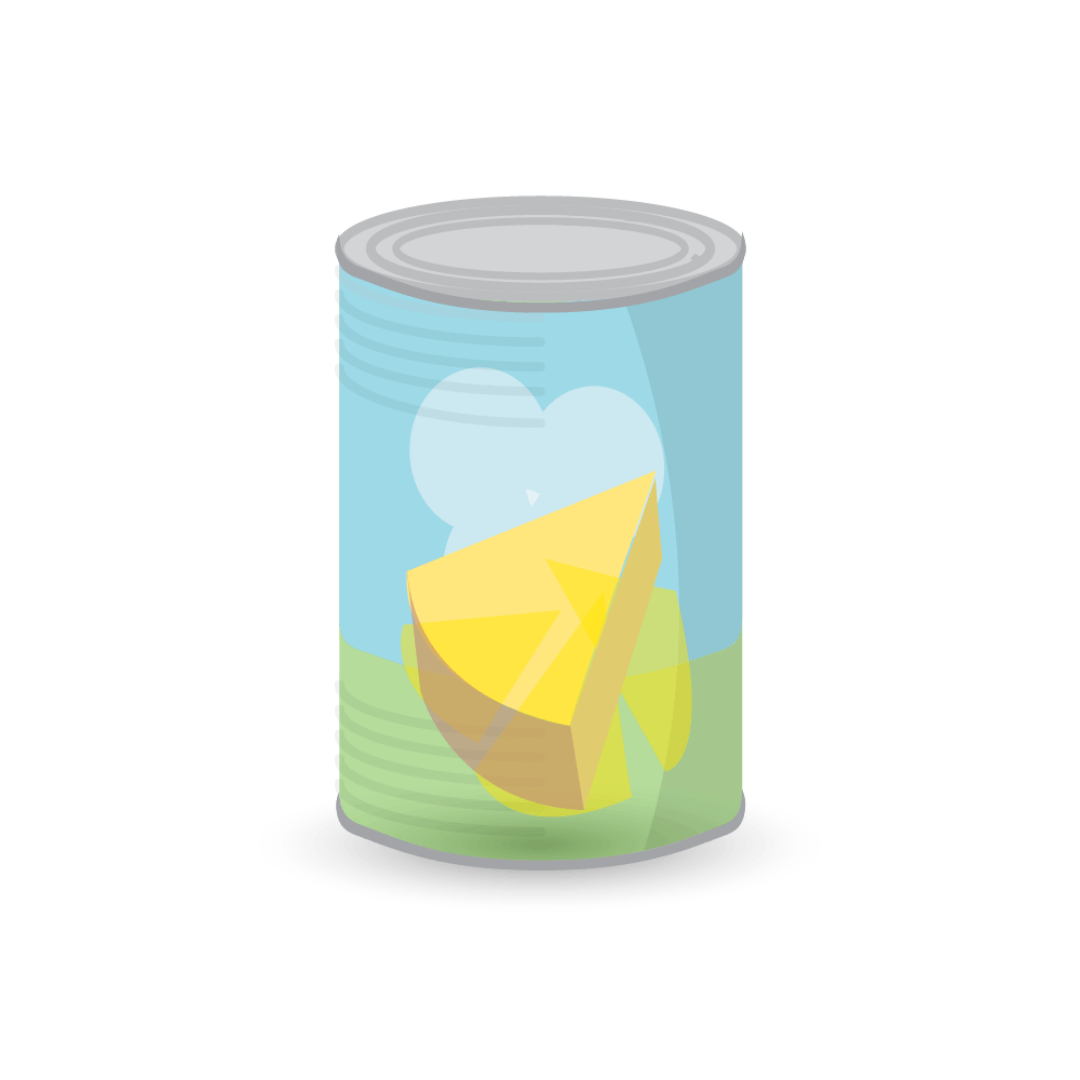
- Example Products: Steel cans and mini-kegs used for beer, as well as cans like vegetable, tomato, and pineapple juice containers.
- Recycling Process: Steel containers are cleaned, labels and impurities removed, and then heated to extract the steel. The recovered steel can be transformed into new steel products, such as cans, appliances, automobiles, and construction materials, helping reduce the need for mining new resources.
